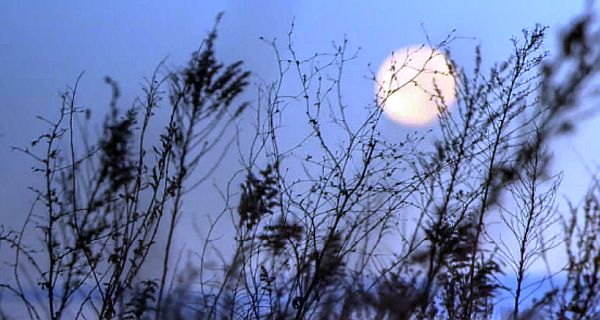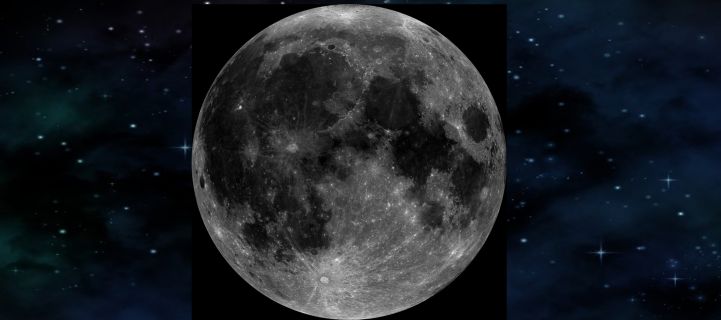
Tonight! Look up to view August’s Super Moon

Dear moon gazers: don’t miss this “super” full Moon!
The next full Moon will be a supermoon, which occurs when the Moon is within 90% of its closest approach to Earth. The Moon will be full on Monday, August 19 at 2:26 p.m. EDT, but will appear full tonight through early Wednesday morning, giving you plenty of time to look up!
Our friends at Space.com shared that this full moon will be 100% illuminated at 2:26 p.m. EDT today, Monday, August 19, 2024. “But it won’t be just any old full moon, it will be a Supermoon Blue Moon! The exact moonrise time will depend on your location.”
The term “supermoon” was first coined by astrologer Richard Nolle in 1979, as “either a new or full moon that occurs when the moon is within 90% of its closest approach to Earth” according to NASA. Full supermoons are the biggest and brightest full moons of the year, appearing approximately 30% brighter and 14% larger than usual. Though this may sound like a lot, it’s quite hard to spot the difference with the unaided eye, unless you’re a seasoned moon-watcher.
Evening Sky Highlights
On the evening of Monday, August 19 (the evening of the full Moon), as twilight ends (at 8:58 PM), the rising Moon will be 7 degrees above the east-southeastern horizon. The only visible planet will be Saturn at 1.5 degrees above the eastern horizon. Bright Venus will set four minutes before twilight ends. Before it sets it will be bright enough to see in the glow of dusk on the western horizon. The bright star closest to overhead will be Vega, the brightest star in the constellation Lyra the lyre, at 80 degrees above the eastern horizon. Vega is part of the Summer Triangle along with Deneb and Altair. It is the 5th brightest star in our night sky, about 25 light-years from Earth, has twice the mass of our Sun, and shines 40 times brighter than our Sun.
As this lunar cycle progresses, Saturn and the background of stars will appear to shift westward each evening (as the Earth moves around the Sun). The full Moon will pass near Saturn on August 20. Bright Venus will be moving away from the Sun and after August 28 will appear above the horizon when evening twilight ends. The waxing Moon will pass by Venus on September 4 (setting before evening twilight ends), Spica on September 6, Antares on September 9 and 10, and Saturn on September 16.
And for a live showing of today’s Supermoon Blue Moon, check out the video below.
~~~
(Sources: NASA, and NASA’s Goddard Space Flight Center)
Posted by Richard Webster, Ace News Today
Follow Richard on Facebook, Twitter & Instagram






